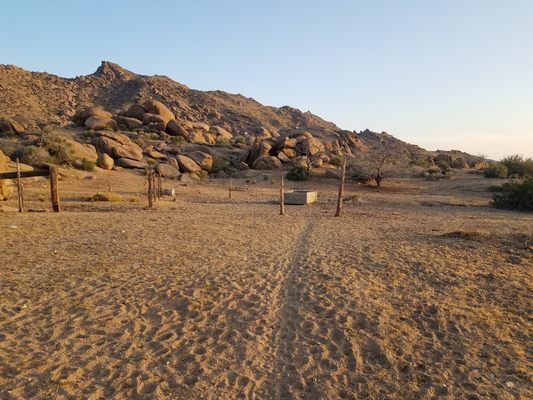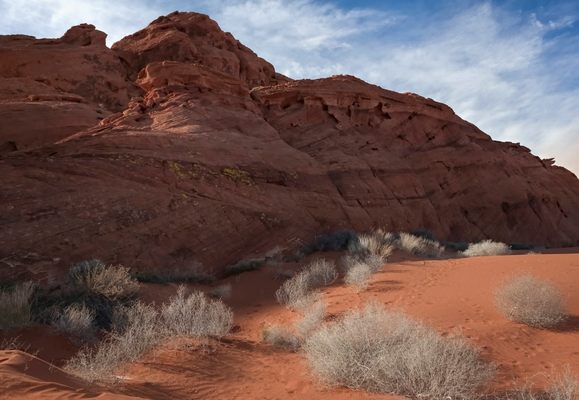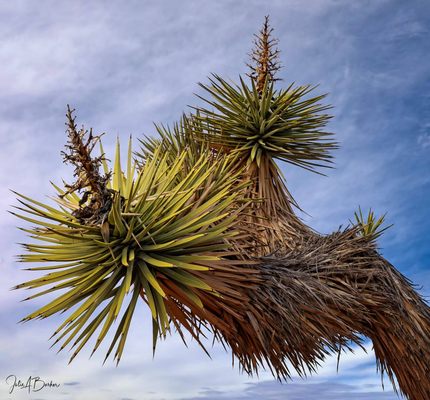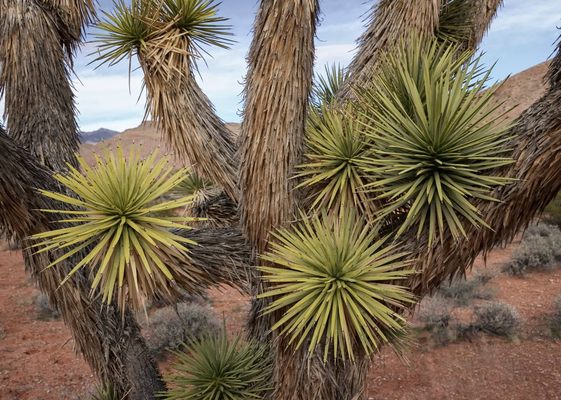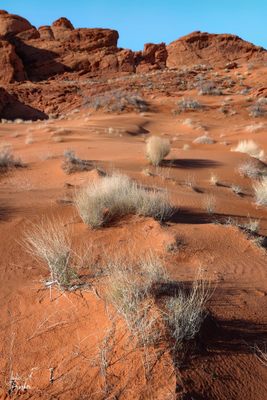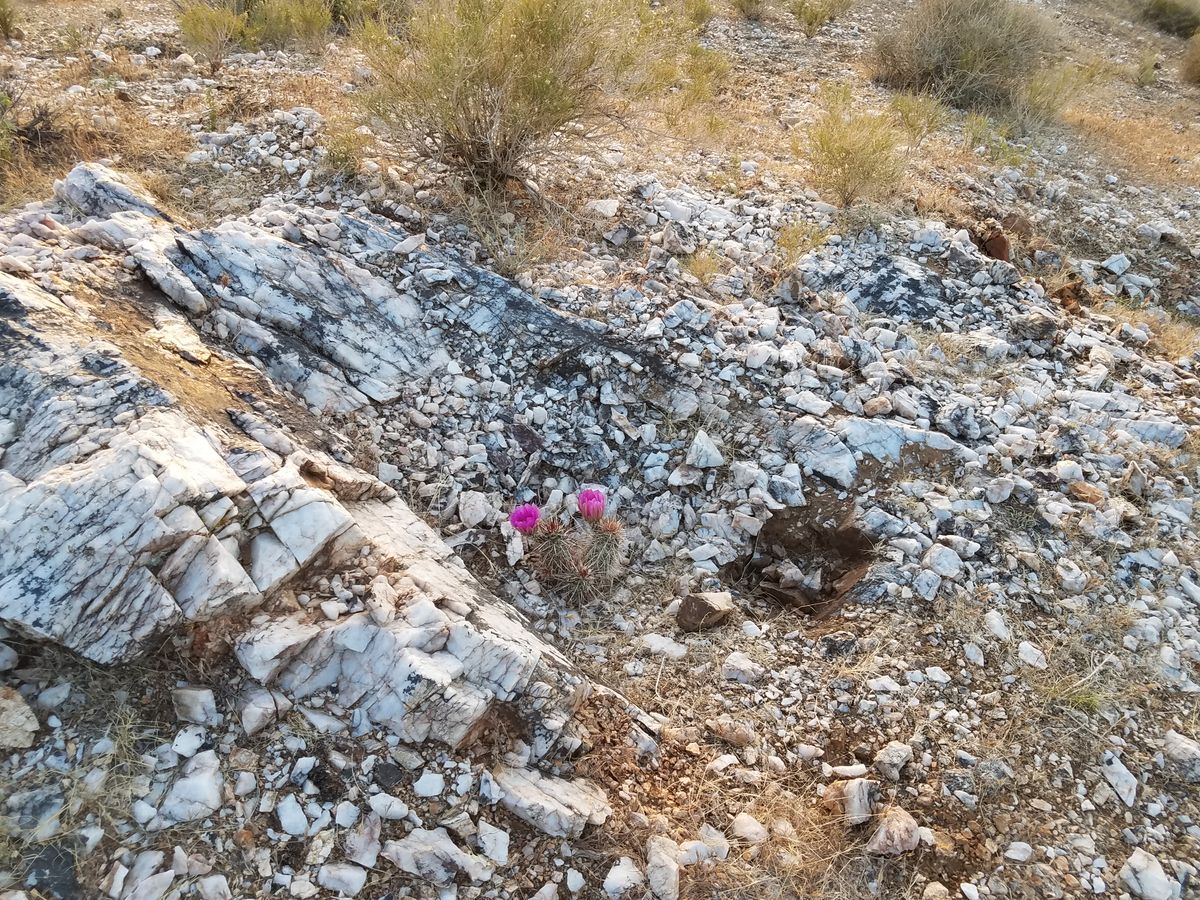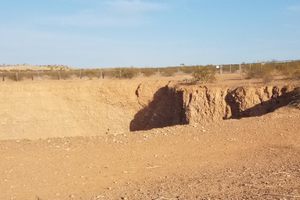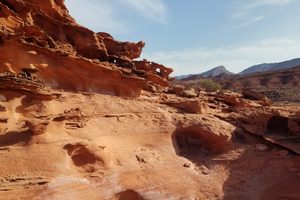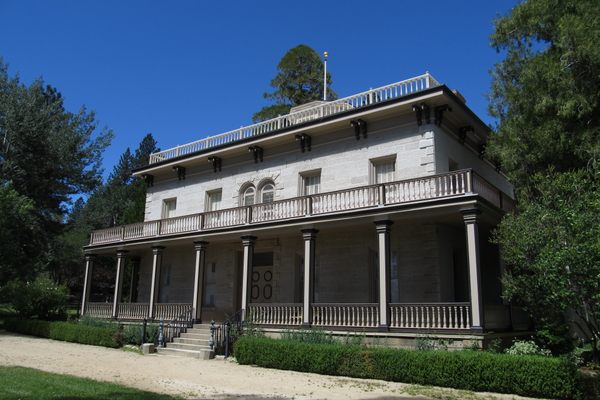About
Northeast of Las Vegas stands an array of stunning rock formations that seem to glow in the sun. Known as the Gold Butte National Monument, this historic nature preserve protects more than 300,000 acres of rugged desert in southeastern Nevada. Thousands of petroglyphs can be found throughout the area, as can the remnants of roasting pits and shelters from over 12,000 years ago.
In December 2016, President Barack Obama designated the monument under the Antiquities Law. The occasion marked the end of two full years of campaigning by conservation groups, Nevada lawmakers, and local indigenous communities.
Gold Butte's designation as a monument means this surreal desert environment and the many critters that call it home are protected by the government. Animals such as mountain lions, the endangered Mojave desert tortoise, and bighorn sheep can be found in this swath of wilderness, which lies between the Grand Canyon-Parashant National Monument and Lake Mead National Recreation Area.
Also hidden within the red sandstone and cactus-riddled landscape are the remains of the Gold Butte Ghost Town. Established during the Gold Rush back in the early 1900s, the town once housed 2,000 residents. Like so many other ghost towns that speckle this part of the country, its people vanished shortly after the Gold Rush abruptly came to a halt, leaving only remnants of what was once a thriving community.
Today, the town is nothing more than forgotten building foundations and abandoned mine shafts hidden amid breathtaking scenery. The ghost town, along with Gold Butte's wildlife and natural splendor, is protected by the government and managed by the Bureau of Land Management.
Related Tags
Know Before You Go
Gold Butte National Monument is south of Nevada's Mesquite and best accessed by car. The Gold Butte Road starts south at the Riverside Bridge from State Route 170. The best way to enjoy Gold Butte is via a road trip, stopping along the way to explore. There are more than 250 miles of designated routes that take travelers around Gold Butte National Monument.
Camping is allowed on the grounds for a maximum of 14 days. Campers typically set up their tents in Whitney Pockets. For hikers, there are no designated hiking trails at Gold Butte so hiking is exploratory and done at your own pace. For more information on routes and trip-planning, visit the Bureau of Land Management's website.
Community Contributors
Added By
Published
October 23, 2018









